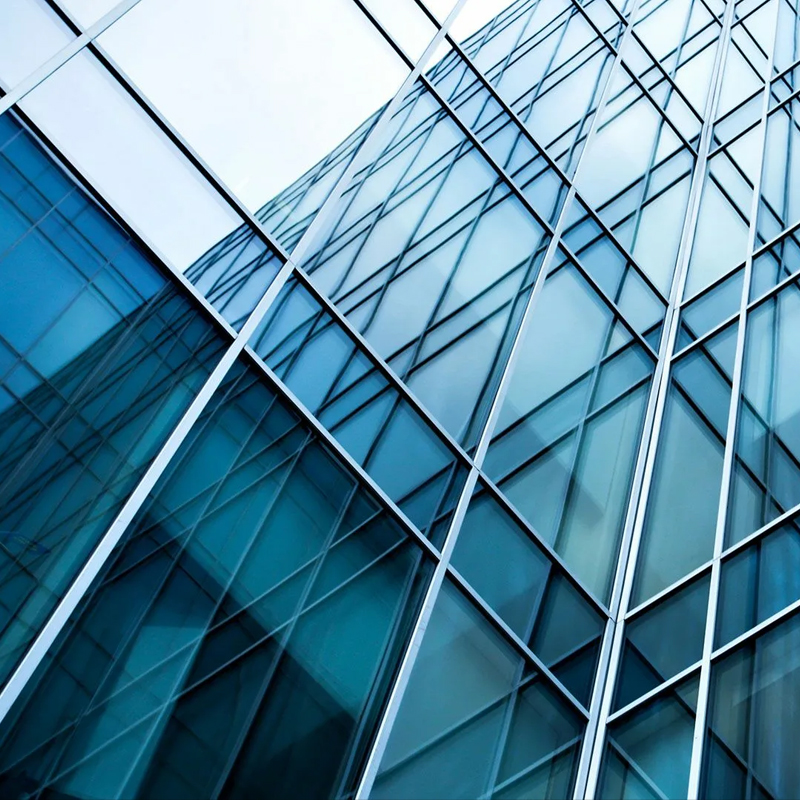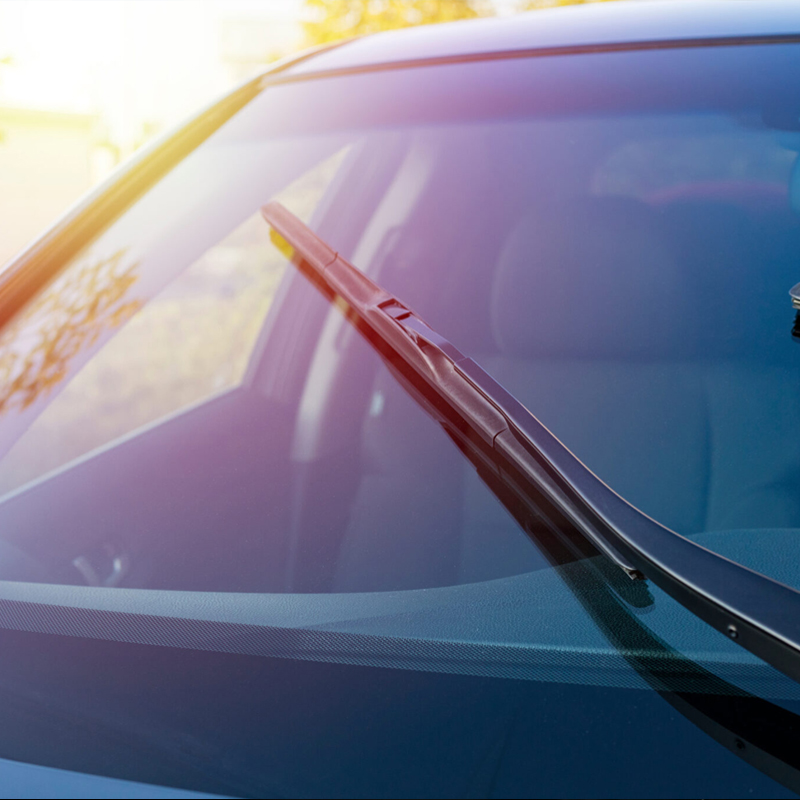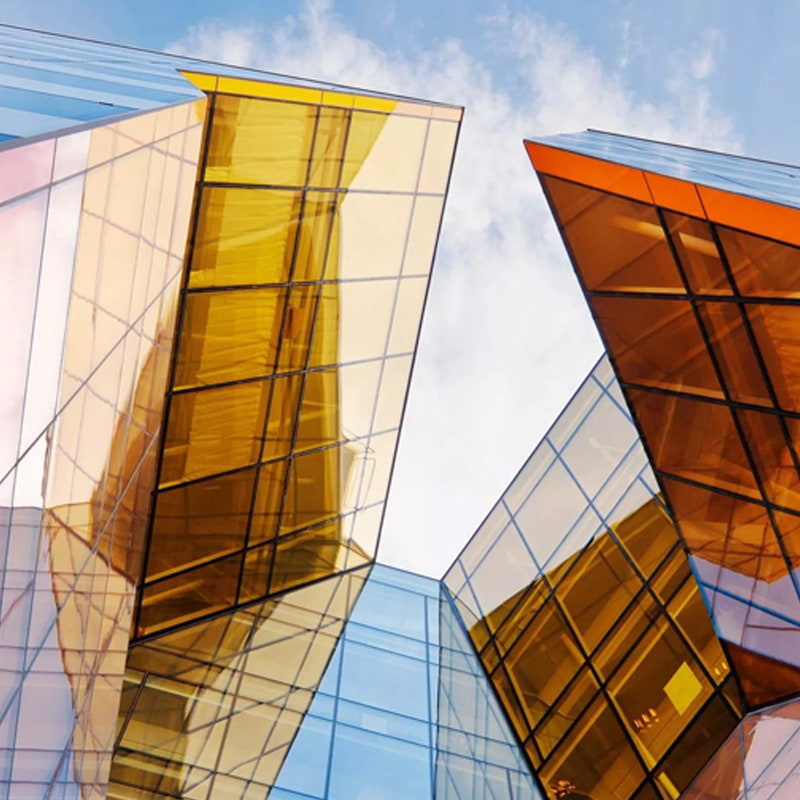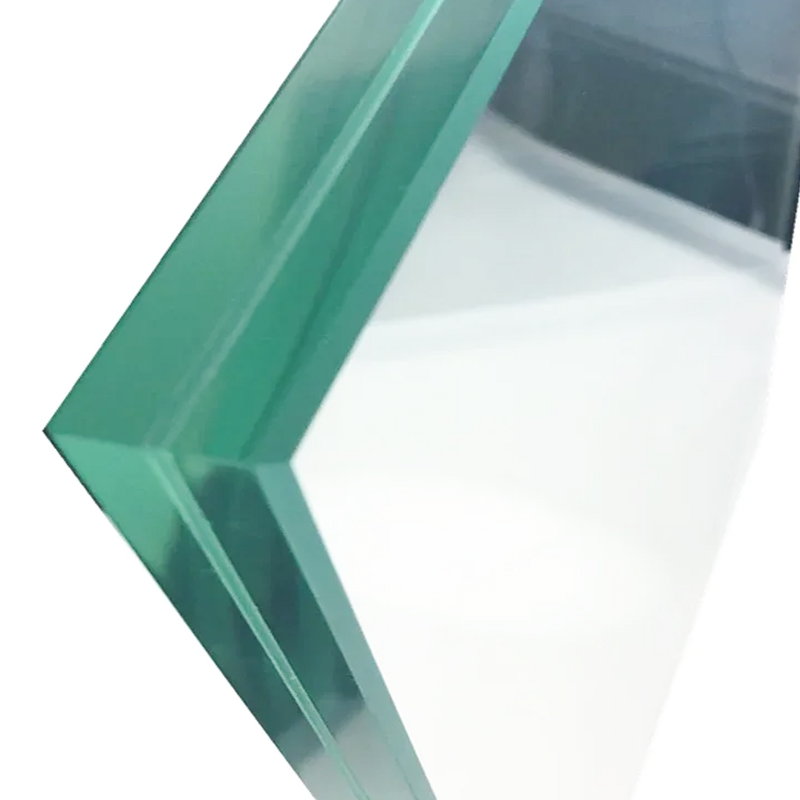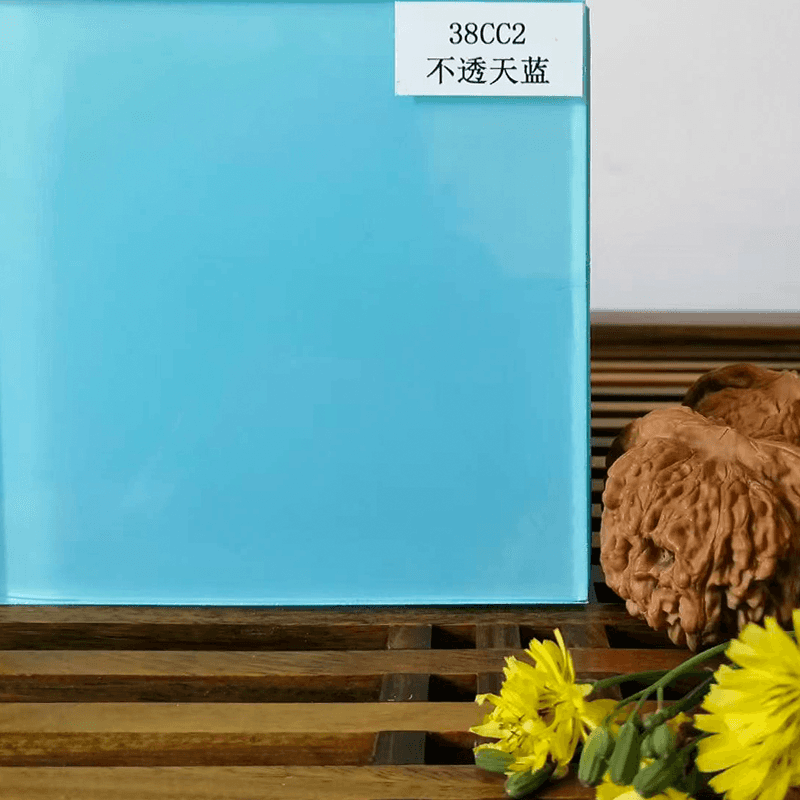language
In industries such as architecture, automotive, and photovoltaics, glass is not only a material for lighting and aesthetics but also a key component for safety, energy efficiency, and functional integration. Traditional glass easily shatters when impacted, posing a safety hazard. The emergence of laminated glass, particularly laminated glass with EVA (ethylene-vinyl acetate copolymer) film as an interlayer, is becoming the future of high-transparency safety glass due to its superior performance and broad application prospects.
1. Basic Characteristics of EVA Film
EVA film is a thermoplastic material made from a copolymer of ethylene and vinyl acetate. It offers high transparency (light transmittance exceeding 90%), excellent flexibility, strong adhesion, and weather resistance. These properties make it an ideal interlayer material for laminated glass. Compared to traditional PVB (polyvinyl butyral) film, EVA film offers advantages in processing conditions, bonding strength, and applicability.
High Transparency and Optical Performance
EVA film has extremely high light transmittance and a high UV blocking rate (over 99%). This means it not only ensures the clarity of glass but also effectively protects interior objects from UV damage. In photovoltaic modules, EVA film is an indispensable encapsulation material, ensuring maximum light absorption by the solar cells.
Strong Adhesion and Safety
EVA film firmly bonds to glass after heating and pressurizing. Even if the glass breaks, the fragments are trapped by the film, preventing them from flying and injuring anyone. This property makes EVA laminated glass the preferred safety glass, widely used in building curtain walls, skylights, guardrails, and automobile windshields.
Weather Resistance and Durability
EVA film exhibits excellent aging resistance and maintains long-term stability in high temperature, high humidity, and strong UV environments. Its service life can exceed 20 years, making it suitable for a variety of harsh climates.
Processing Flexibility
EVA film can be processed through low-temperature lamination (approximately 100-150°C), which not only saves energy but also adapts to various glass shapes and sizes, including curved, tempered, and custom-shaped glass. Furthermore, EVA film can be embedded with metal mesh, decorative patterns, or functional materials within the interlayer, enabling personalized and functional glass.
2. Application Scenarios for EVA Film
The versatility of EVA film has led to its widespread application in a variety of sectors:
Construction
Curtain walls and skylights: EVA laminated glass not only provides security but also offers energy savings and decorative effects by adjusting the film thickness and color.
Bullet-resistant and anti-theft glass: By combining multiple layers of glass with EVA film, safety glass with varying levels of protection can be created.
Decorative glass: EVA film can be embedded with silk, metal foil, or colorful patterns to create artistic interior partitions or exterior facades.
Automotive
EVA laminated glass is widely used in automotive windshields and side windows. Its high transparency and impact resistance ensure driving safety, while its sound and heat insulation properties enhance riding comfort.
Photovoltaic Industry
EVA film is the core encapsulation material for solar panels, protecting cells from moisture, dust, and mechanical damage while ensuring efficient solar energy conversion.
Home and Specialty Applications
Furniture Glass: EVA laminated glass is commonly used in coffee tables, cabinets, and other applications, balancing safety and aesthetics.
Aquariums and Observation Windows: Observation windows in large aquariums and zoos require high-strength and water-pressure-resistant glass, and EVA laminated glass meets these requirements.
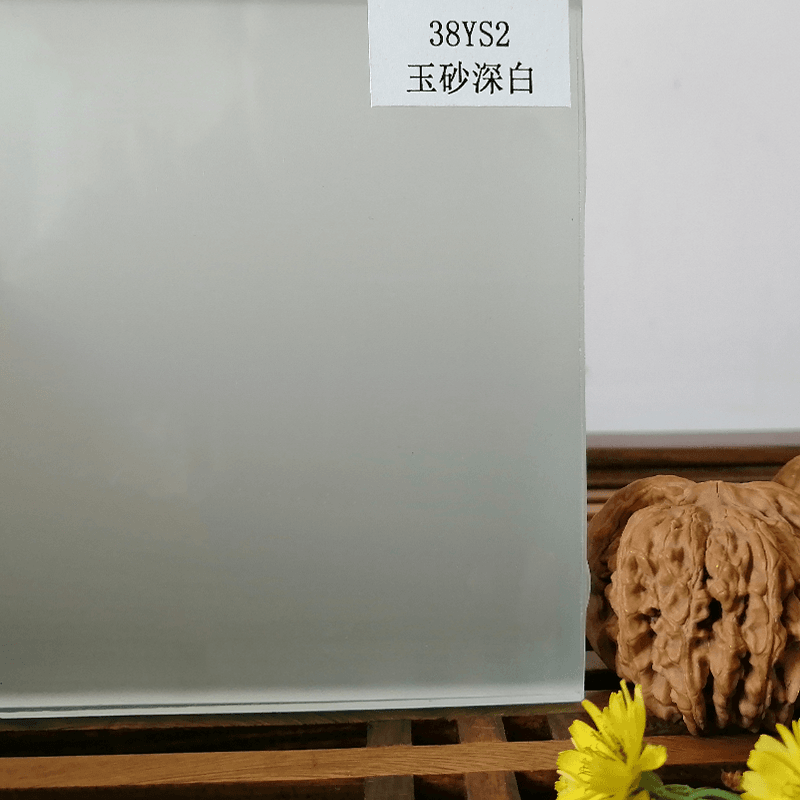
3. Advantages and Challenges of EVA Film
While EVA film offers many advantages, it also faces some challenges in practical application:
Advantages
Environmental Protection: EVA film contains no plasticizers, eliminating the need for harmful solvents during production, complying with green building and sustainable development requirements.
Affordability: EVA laminated glass has low production costs and simple processing equipment, making it suitable for small and medium-sized enterprises.
Functional Integration: EVA film can be laminated with other materials (such as PET film and metal mesh) to achieve multifunctional integration, such as sound insulation, heat insulation, and explosion protection.
Challenges
Technical Threshold: The EVA film lamination process requires precise control of temperature, pressure, and time; otherwise, bubbles and delamination are likely to occur.
Market Perception: PVB film currently holds a majority of the market, and the promotion of EVA film requires further technical education and case studies.
Long-Term Performance Data: Although EVA film exhibits good weather resistance, its long-term performance in extreme environments requires further practical verification.
4. Future Development Trends
With technological advancements and rising market demand, EVA film will see further development in the following areas:
Smart Glass Integration
Combining EVA film with dimming film, heating film, or solar cells can create glass products with intelligent control, self-heating, or power generation capabilities. For example, embedding PDLC (polymer dispersed liquid crystal) film in EVA laminated glass can switch the glass between transparent and opaque states.
Green Building and Energy Saving Needs
With the increasing adoption of green building standards, EVA laminated glass, due to its excellent thermal insulation and UV-blocking properties, will become a key material for energy-efficient buildings. Furthermore, the recyclability of EVA film aligns with the concept of a circular economy.
Building Integrated Photovoltaics (BIPV)
As a key material for photovoltaic modules, EVA film will play a greater role in the BIPV sector. By integrating solar cells into architectural glass, power generation and architectural functionality are seamlessly combined.
Process Optimization and Automation
In the future, the EVA film lamination process will be more automated and intelligent, with real-time monitoring of the production process through machine vision and IoT technologies to improve product consistency and reliability.
5. How to Choose EVA Film
For both industrial users and individual consumers, consider the following factors when selecting EVA film:
Film Brand and Quality
Select products from reputable brands to ensure excellent light transmittance, bonding strength, and weather resistance.
Process Compatibility
Select appropriate laminating equipment and process parameters based on the type and application of the glass.
Functional Requirements
If soundproofing, heat insulation, or decorative effects are required, EVA composite materials with corresponding functions can be selected.
Conclusion
With its high transparency, safety, and versatility, EVA film is becoming the future star of high-transparency safety glass. From architecture to automotive, from photovoltaics to home furnishings, its application scenarios are constantly expanding, and its technology is constantly innovating. Despite some challenges, with increasing industry awareness and mature technology, EVA film is sure to bring greater safety and beauty to our lives.

